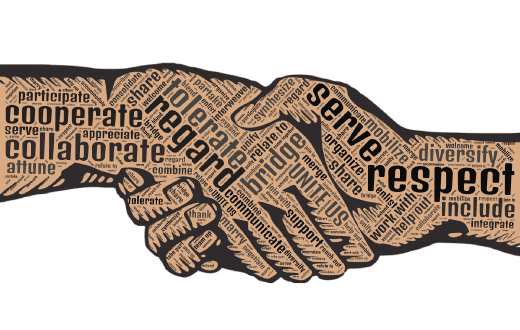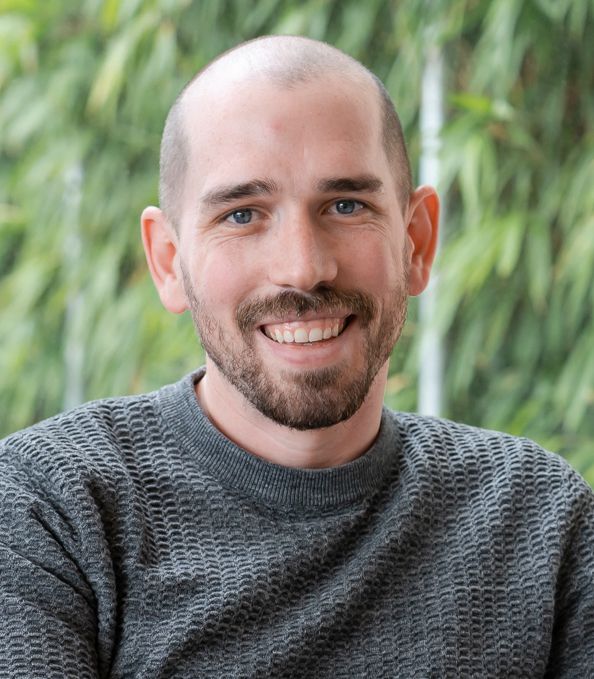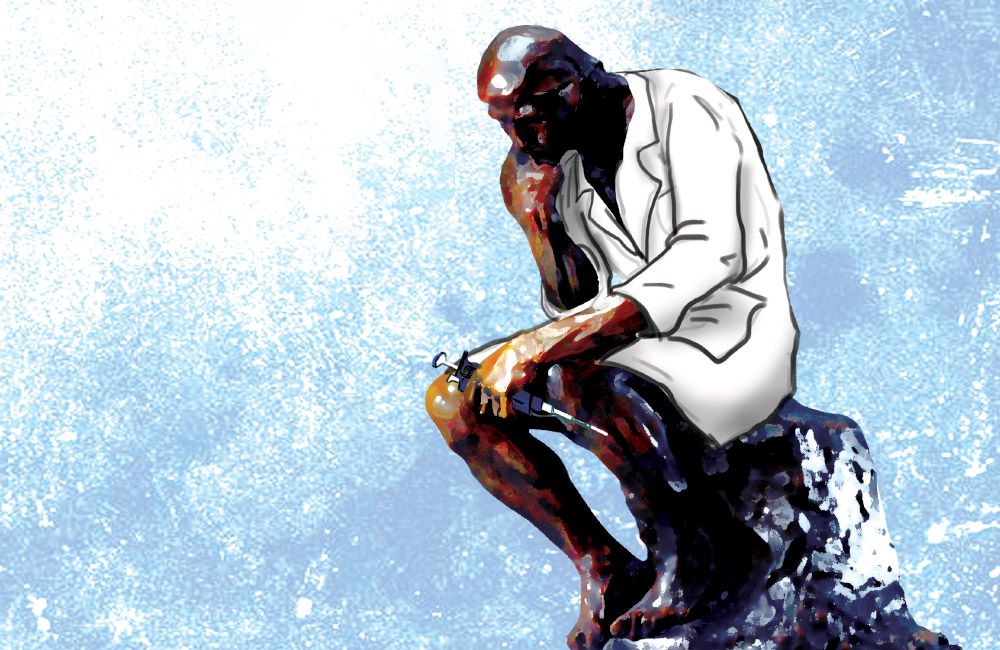

I am a member of the Lumbee Tribe. Our culture is rich. Our history is complex. Our identity is our own. Centuries of stories are engraved along the muddy banks of North Carolina rivers, stories of our ancestors and stories of our indigeneity. The Lumbee native identity is constantly tested and critiqued. In order to gain “federal recognition,” a tribe must prove that they have a unique and defined culture, a test that no other community must undertake. Native identity is pushed and prodded, examined and refuted, mocked and diluted. The idea of “identity” has become even more complex with recent advancements in genetics. Identity has been used against Natives to deny them federal rights, so tribes are justified in worrying that genetics will lead to a similar fate.
In 2002, the Navajo Nation banned genetic testing on the reservation. Sequencing of tribal DNA leaves members vulnerable to questioning. Is your DNA is mixed? Did some of your ancestors migrate from Western Europe? Since tribe recognition by the U.S. government hinges upon homogeneity and historical accuracy, any indication that a tribe mixed with another tribe or migrated from another state could result in loss of tribal land and loss of federal rights. Moreover, it is often the case that genetic testing is done by an outside entity, which can result in the misuse and misreporting of the data. The Navajo Nation wants to reap the potential benefits of genetic testing, so it has recently considered releasing this ban on their own terms. This time, they will control their DNA. To understand their plan, one first must understand their history.
Indigenous DNA has followed the same fate as the iconic story of Henrietta Lacks. What started with noble intentions devolved into a complete degradation of trust and abuse of consent.
Take one powerful example from a 1989 scientific study. Researchers from Arizona State University obtained biological samples from the Havasupai Tribe located in northwest Arizona. The researchers tested for Type II diabetes, as initially agreed upon, but also began to test for schizophrenia, migration, and inbreeding. These characteristics were not only outside the scope of the study, but sensitive topics within the community. The researchers never intended to inform the tribe of their extracurricular research. Incredibly, the tribe only found out when one of the members coincidentally attended a presentation about the study. Could you imagine sitting in that chair and watching slide after slide of your personal information? The Havasupai Tribe filed a lawsuit and eventually won, but trust had been tarnished at the expense of the vulnerable.
Since 2002, genetic testing has significantly advanced early detection of diseases, identified proper course of treatment, and answered complex biological questions. Lack of access to this quickly developing technology has left Indigenous communities with few options to combat growing personal and public health concerns. I believe that the Navajo Nation’s recent consideration to allow genetic testing not only opens the door to 21st century medicine, but also offers a chance for the Nation to develop a model for genetic privacy that aligns with tribal sovereignty, while simultaneously increasing the number of Indigenous scholars in science and medicine.
As sovereign nations, Indigenous tribes are in a unique position relative to other minority communities, and as such, have the legal right to control the research conducted on and with their citizens. Through this endeavor, the Navajo Nation will be able to oversee, manage, and approve genetic research conducted with the Navajo people and how findings are communicated, if at all, to the larger public.
The Navajo Nation has assembled tribal leaders, elders, and medicine men to develop an unprecedented model for genetic privacy. Specific details remain uncertain, but parties involved agree that as sovereign nations the tribal members must ultimately have control over their genetic information. The Navajo Nation plans to build and operate their own medical centers. A tribally-run facility provides a momentous opportunity to train the next generation of Indigenous doctors. A generation that will get to decide how to use personal genetic information for their community members. A generation that will decide what scientific questions to ask in order to not only maintain but enrich cultural identity.
The Navajo Nation is setting a precedent that could act as a model for other tribes. Biotechnology and medicine are rapidly advancing, and through tribally-run medical facilities, tribes can utilize the latest scientific advances to benefit their people, on their terms. If successful, this model will help define the many ways tribes can and should exert their sovereignty in the 21st century.
To learn more about conducting genetic research in collaboration with American Indian and Alaska Native communities, please explore these resources:
• American Indian and Alaskan Native Genetics Resource Center
• National Congress of American Indians comments on the NIH Genomic Data Sharing Policy
Thank you to Dr. Erica Roberts for providing essential insight into such an important topic.



